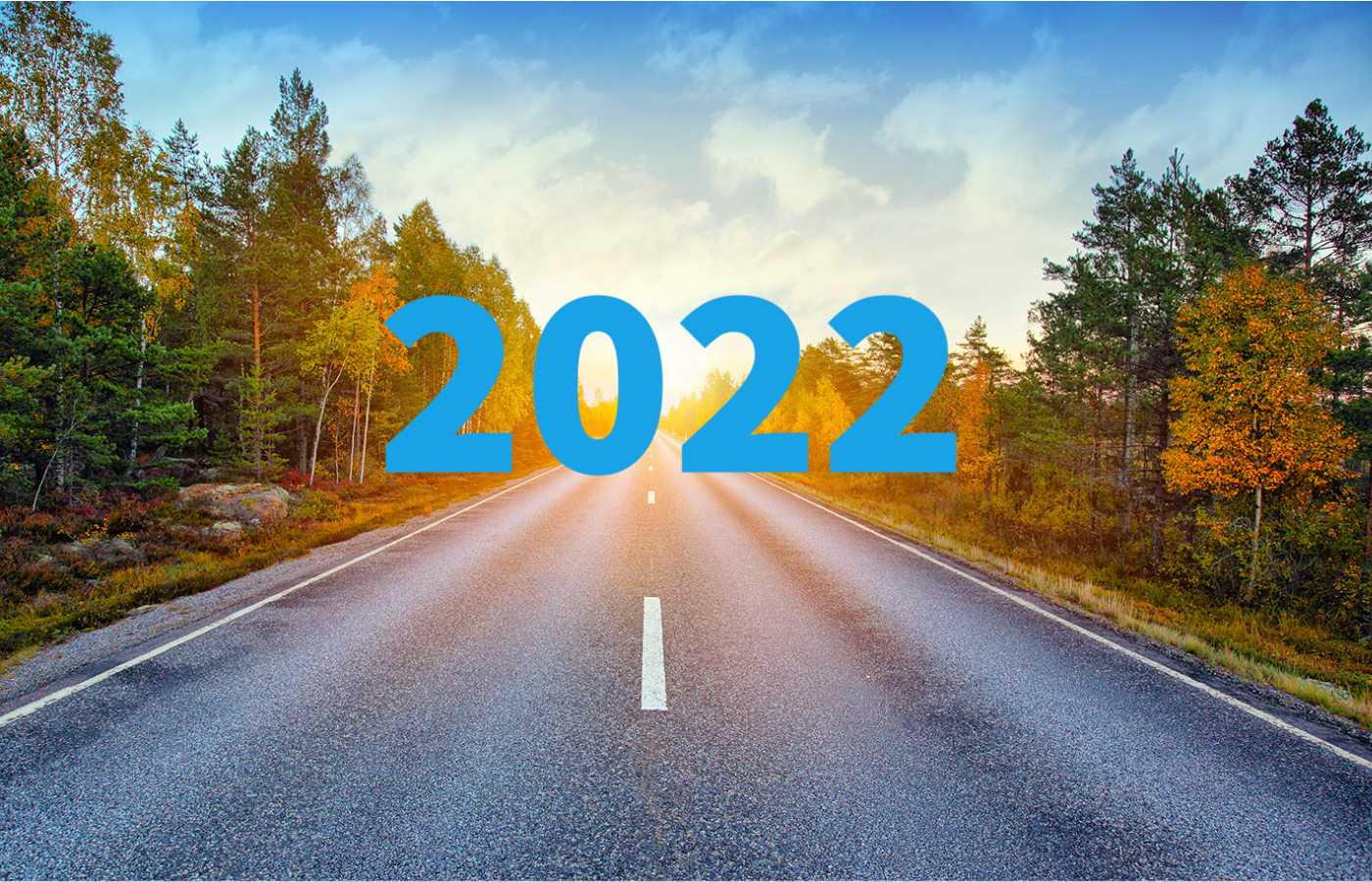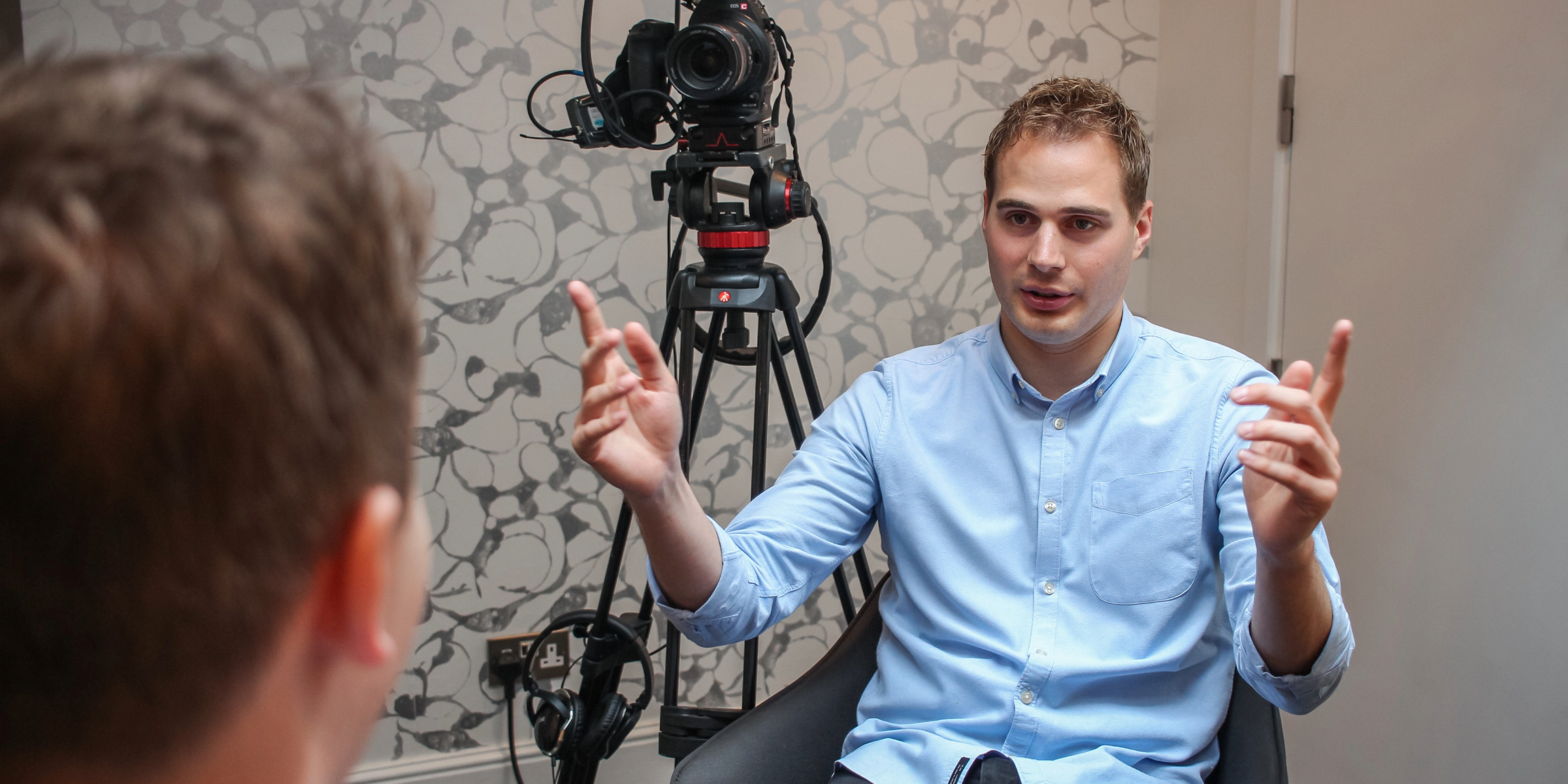In an unpredictable world, what might the next twelve months hold for the world of broadcast PR? Whether you’re seeking earned coverage on radio and television channels, or interested in content for your own platforms, here are some thoughts on how we think the next year might pan out.
Remote radio and TV interviews are here to stay
Pre-pandemic and broadcasters required quality sound and vision. For a radio day that meant spokespeople coming into one of our studios, so that interviews could be conducted over an ISDN line. For TV campaigns the requirement was for an on-location interview, a guest going into a broadcaster’s studio or a remote “down-the-line” connection between a satellite and the broadcaster’s main studio.
Covid-19 transformed this process and like many we started working remotely. The thing is, broadcasters and clients really like this way of operating. Quick and convenient, the flexibility of remote interviews suits the rapidly moving world of broadcast news. Guests can be slotted in (and admittedly dropped) at the drop of a hat. As audiences, we’ve got used to the odd background noise, or drop in sound quality and the advantages of remote interviews far out-way the occasional clank.
TV news does dip back to traditional means of recording an interview, but it’s a mix and match approach.
Clients meanwhile are seeing greater value for money from paid-for ambassadors. You don’t need cars or time spent driving to central London studios. The ambassadors time can be devoted solely to interviews, rather than the phaff that used to surround them. Without the cost of running a studio we can keep our prices down, without compromising the coverage. It’s a win-win and we can’t see the situation changing anytime soon.
Moving pictures
What can we film? That’s often the first question a television journalist will ask when weighing up a PR story. TV is, after all, predominantly about the pictures. The challenge, as we’ve just said, is that TV journalists are often studio bound and interviewing guests remotely. That means they’re not always on the ground to film the story.
The solution to the problem is B-roll. Around six or seven minutes of roughly edited video footage, that is given to journalists free of charge and any copyright issues, B-roll includes pictures that can be re-edited to illustrate a story.
Live TV is cheaper to produce than pre-recorded packages and with ongoing cutbacks in newsrooms this practise looks here to stay. In reality this often means talking heads which visually is duller than moving pictures. So, if you’re a producer, and you’re offered B-roll alongside a guest, you’re going to say yes please. We predict B-roll will be more in demand than ever. For the two golden rules which will ensure your B-roll gets used, click here:
Demand for polished spokespeople
A busy news agenda means more competition to get on-air. That means broadcasters expecting a lot from their guests. They want accomplished and engaging spokespeople who entertain their audiences. It’s a well-known fact that television audiences particularly are getting smaller, with younger generations more likely to turn to social media or on-demand platforms for information. No broadcaster then can afford a duff guest.
A media trained spokesperson used to stand out as such, but now we believe it’s an essential requirement. Our goal, when training a spokesperson, is to teach how they can combine what content a journalist is looking for from them, with the aims of the PR campaign.
For more about our media training, and what it takes to be a perfect spokesperson, click here.
Podcasts get bigger and bigger
They make you think, laugh and sometimes gasp in shock….whatever genre of podcasts appeal you can be sure there’s a series waiting online for you to download. Podcasts have been around for about two decades, but it’s only more recently that their popularity has taken off. Last year a report by Statista.com said there are already over 15 million podcast listeners in the UK with forecasts predicting close to 20 million listeners by 2024. Podcasts have become of the most popular forms of audio entertainment in the country with around 40% of users falling in the 26-35 age bracket. Silly then if we don’t sometimes incorporate podcasts into a broadcast PR programme.
There’s two avenues to take. First of all, you (we) can place a brand on someone else’s podcast. It’s not easy – sometimes a series of podcast episodes may be produced at one time, to be uploaded at regular intervals. That means there might not be many opportunities to pitch a guest. And sometimes you might be taking a punt on a new podcast, not knowing whether it will soar up the popularity charts or sink without trace. You might, or might not, therefore, be wasting a spokesperson’s time.
A second avenue of opportunity comes from a brand producing its own content.
Own content and platforms
On-demand content and the plethora of videos available online has contributed to the decline of traditional audiences for television. So go where the audience has gone to. “Own” a bit of the space yourself by producing podcasts and/or videos for YouTube. These are not, however, adverts, they’re editorial. This means you’re competing with broadcasters in terms of audiences, therefore the content needs to be of the highest standard. Technically it needs to be flawless – no listener or viewer wants to struggle to access content because they can’t hear it properly, or the editing is clumsy. In terms of content it needs to be varied. You can stick to your area of expertise, but widen the sorts of guests you might include. It’s good to be known as a brand ambassador, but even better to be labelled an industry expert.
Read more about PR podcasts here.
Need help with your next PR campaign? Get in touch for a chat and some free consultancy. Hello@shoutcommunications.co.uk or call 020 7240 7373.



